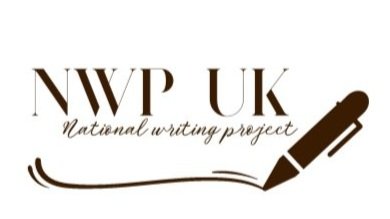Early Years teacher and NWP social media manager, Rebecca Griffiths, writes about developing talk and writing in EYFS through journeys and familiar places.
Exploring familiar places is a great way to encourage and inspire writing.
This week my class have explored journeys they take each day and their homes. Inspired by Pat Hutchins’ Rosie's walk, and Carson Ellis’ Home, the children discussed leaving their homes to travel to school, to see family, or to on an adventure.
We began with an unfinished, simple road drawn on the reverse of some repurposed wallpaper. During the discussion, I asked children where they would like the road to go and provided pens so they could draw as we talked.
After our class discussion, children chose to dip in and out of this activity throughout the day, adding homes, places that hold special meanings, transport, pets, and a dolphin bus!
They named their contributions and labelled some features. After a while, a conversation emerged about travelling to and from each destination on our road. I drew a line from my house to Albert's and said, "I'm coming to visit you". This ignited a huge interest in what a line can mean. Soon children had drawn trails across the map, in and out of windows, under houses, around cars and beneath the sea.
Sometimes scaffolding can be the simplest of interactions. The children will make the learning their own, meaningful and purposeful to them, if we just give them time.
If you'd like to learn more about developing your writing pedagogy, join our FREE monthly writing group on zoom and connect with like minded practitioners.
Follow @NWP_UK



